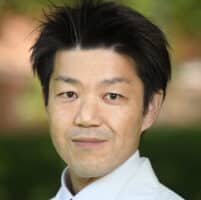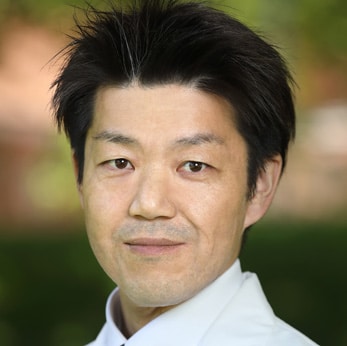Researcher Spotlight: Dai Chihara, MD
UNIVERSITY OF TEXAS M.D. ANDERSON CANCER CENTER

Phase I trials are the first step in transitioning new drugs from the bench to the clinic. These trials are intended to evaluate the safety and tolerability of new investigational agents, and many potential therapies do not make it past this stage of development. By studying how the toxicity of these agents compares across subtypes of lymphoma, Dr. Chihara hopes to improve trial designs in the future and allow researchers to better predict how drugs will perform in these early stages of development. “Unveiling key drivers that impact the probability of toxicity and success of drug development can potentially lead to fewer trial failures,
faster approval times, and bring therapies to patients sooner,” he explains.
Dr. Chihara earned his medical degree from the Kyobe University School of Medicine in Japan. After earning his PhD in epidemiology from the Nagoya University School of Medicine, he completed a lymphoma and myeloma fellowship at the University of Texas MD Anderson Cancer Center. After completing a medical oncology fellowship at the National Cancer Institute, Dr. Chihara returned to MD Anderson Cancer Center, where he now serves as an assistant professor in the Department of Lymphoma and Myeloma. During his time there, he has used clinical data and population-based cancer registry data to describe the incidence of and survival in lymphoma, as well as the identification of high-risk populations. He also serves as an institutional primary investigator on several phase I clinical trials in lymphoma.
“There is a term in Japanese, ‘ikigai’, which describes the concept that your passion, mission, and profession overlap and will lead to a fulfilling life,” Dr. Chihara says. “My ikigai is to provide outstanding care and improve patient outcomes through patient-centered research, and I would like to make a major contribution in clinical science by leading this cutting-edge clinical research to facilitate early phase clinical trials in lymphoma.”

